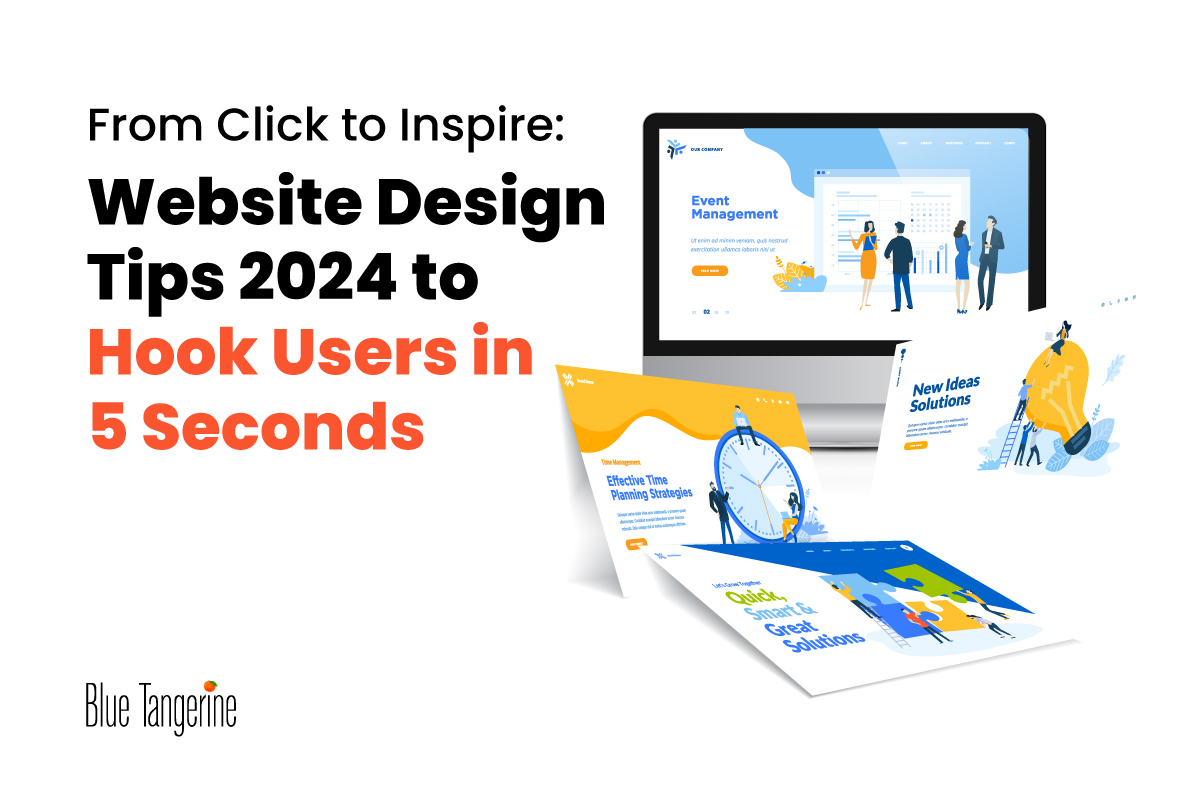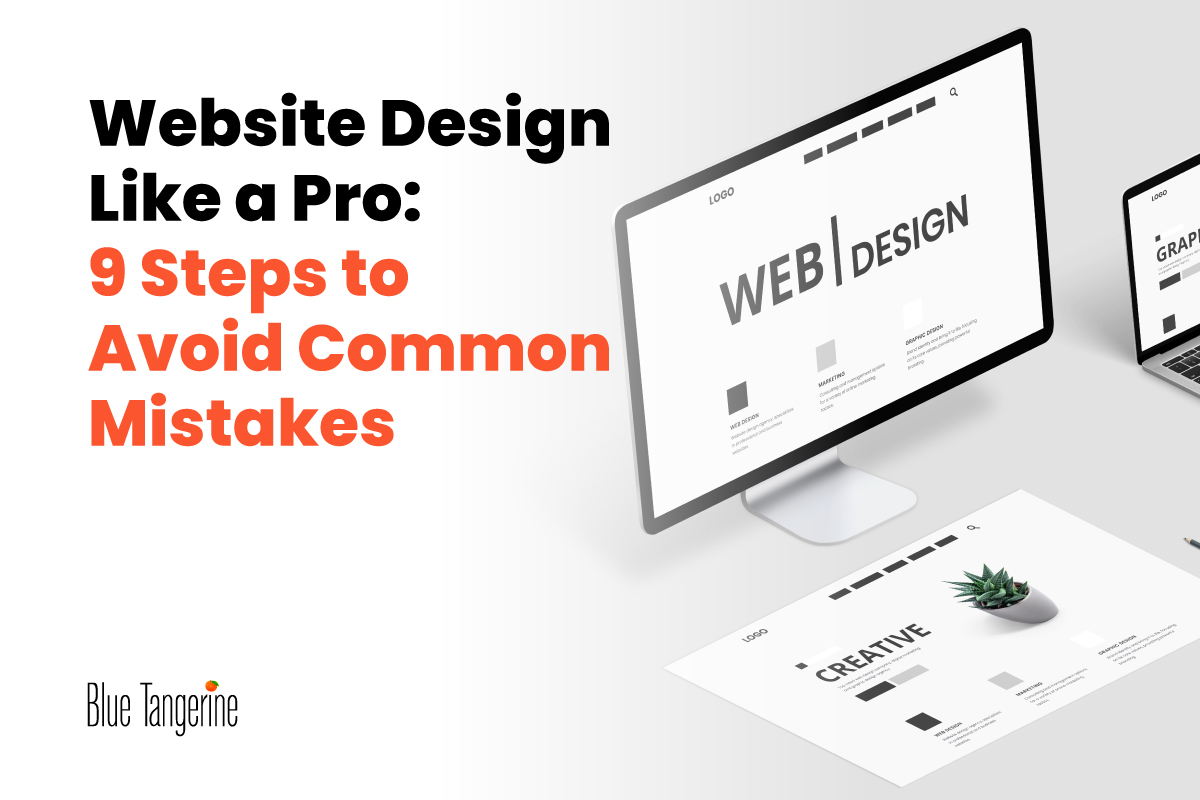Importance of Website Design Tips
Why the need for website design tips? In the digital age, a website serves as the face of any business or individual striving for an impactful online presence. The design of a website plays a pivotal role in shaping user perceptions, influencing engagement, and ultimately driving success. As such, it’s imperative to delve into tips on website design to craft a stunning and effective online platform.
Understanding User Experience (UX)
User experience (UX) lies at the core of effective website design.
As Steve Jobs famously said, “Design is not just what it looks like and feels like. Design is how it works.”
Prioritizing UX entails simplifying navigation, ensuring fast loading times, and implementing responsive design to cater to the diverse array of devices users may utilize.
A website that offers seamless navigation enhances user satisfaction and encourages exploration. Fast loading times are equally crucial, as modern users demand instant access to information. Responsive design, which adapts the layout of a website to various screen sizes, is essential in an era dominated by mobile browsing.
Visual Design Tips
The aesthetic appeal of a website significantly impacts user engagement and perception. Visual design encompasses elements such as color schemes, imagery, and typography. A visually appealing website captures attention and communicates professionalism.
“Choosing a clean and consistent color scheme is vital for creating a cohesive visual identity,” advises graphic designer Jane Smith.
Consistency in color usage throughout the website fosters brand recognition and a sense of unity. High-quality images and multimedia further enhance the visual appeal, evoking emotion and interest.
Typography plays a crucial role in readability and user experience. Selecting appropriate fonts and ensuring sufficient contrast between text and background are imperative for clarity.
As web designer John Doe emphasizes, “Typography should be both aesthetically pleasing and easy to read to enhance the overall user experience.”
Focus on Content
Content is the backbone of any website, serving to inform, engage, and inspire visitors. A well-crafted content strategy, coupled with thoughtful presentation, elevates the user experience and fosters meaningful interactions.
“Clear and concise messaging is paramount for capturing and retaining user attention,” states content strategist Emily Jones.
Visitors should be able to grasp the purpose of the website and its offerings within seconds. Utilizing whitespace effectively can enhance readability and guide users’ focus towards key content.
Incorporating multimedia elements such as videos, infographics, and interactive features enriches the user experience and conveys information in diverse formats. Multimedia content not only enhances engagement but also caters to different learning preferences among users.
Accessibility Considerations
Accessibility ensures that websites are usable by individuals of all abilities, including those with disabilities. Prioritizing accessibility not only aligns with ethical considerations but also expands the reach of the website to a broader audience.
“Making websites accessible to all users is a fundamental aspect of inclusive design,” asserts accessibility expert David Lee.
Screen reader compatibility, alternative text for images, and keyboard navigation options are essential components of an accessible website. By implementing these features, websites can provide a seamless experience for users with disabilities.
SEO-Friendly Design
Search engine optimization (SEO) plays a crucial role in driving organic traffic to a website. Optimizing design elements to align with SEO best practices enhances visibility and improves the likelihood of ranking higher in search engine results pages.
“SEO-friendly design involves optimizing various aspects of the website to improve its search engine ranking,” explains digital marketing specialist Sarah Johnson.
Factors such as page load speed, descriptive URLs, and relevant keywords impact SEO performance. By incorporating these elements into the design process, websites can attract more organic traffic and expand their online reach.
Consistency Across Pages
Consistency in design elements across different pages of a website contributes to a cohesive and intuitive user experience. Establishing uniformity in branding, navigation, and layout enhances usability and reinforces the website’s identity.
“Maintaining consistency is key to establishing a strong brand presence and fostering user trust,” emphasizes branding expert Michael Smith.
Utilizing templates or style guides helps ensure consistency in design elements such as color schemes, typography, and imagery. Consistent navigation structures facilitate user exploration and streamline the browsing experience.
Test and Iterate
Continuous improvement is central to effective website design. Regular testing and iteration based on user feedback and analytics insights enable websites to evolve and adapt to changing user needs and preferences.
“Testing with real users provides valuable insights into usability and identifies areas for improvement,” highlights UX researcher Laura Brown
Usability testing sessions, coupled with user feedback mechanisms, enable designers to identify pain points and address usability issues. Monitoring website analytics allows designers to track user behavior, identify trends, and make data-driven decisions to optimize the user experience.
Mobile Optimization
With the proliferation of mobile devices, optimizing websites for mobile users is no longer optional—it’s imperative. Mobile optimization involves designing websites to deliver a seamless experience across various screen sizes and devices.
“Responsive design is essential for ensuring that websites adapt seamlessly to different screen sizes,” underscores mobile UX designer Alex Wilson.
By prioritizing responsive design principles, websites can provide a consistent user experience across desktops, tablets, and smartphones. Additionally, optimizing content for smaller screens and streamlining navigation for touchscreen interactions enhance usability on mobile devices.
Conclusion
In conclusion, crafting an exceptional online presence requires careful consideration of various design elements and user experience principles. By prioritizing UX, visual design, content, accessibility, SEO, consistency, testing, and mobile optimization, websites can engage users effectively and achieve their objectives. Implementing these expert website design tips empowers businesses and individuals to stand out in the digital landscape and leave a lasting impression on their audience.




